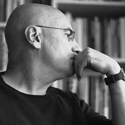
Adrian is a self-taught graphic designer based in London. He spent 15 years as creative director of Intro, the design studio he co-founded in 1998. In 2004, he left to pursue an interest in writing and to work as an independent design consultant. Today he runs ShaughnessyWorks, a consultancy combining design and editorial direction. He is also a co-founder and director of the publishing company Unit Editions.
He has written and art directed numerous books on design. His book »How to be a Graphic Designer Without Losing Your Soul« has sold over 80,000 copies and has been published in numerous foreign language editions.
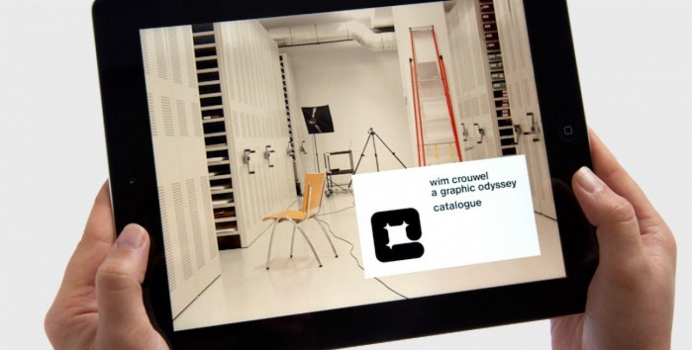
Wim Crouwel: A Graphic Odyssey – Digital Catalogue for iPad is an expanded and enhanced version of the printed catalogue published by Unit Editions and the Design Museum to accompany the recent Wim Crouwel exhibition at the Design Museum in London.
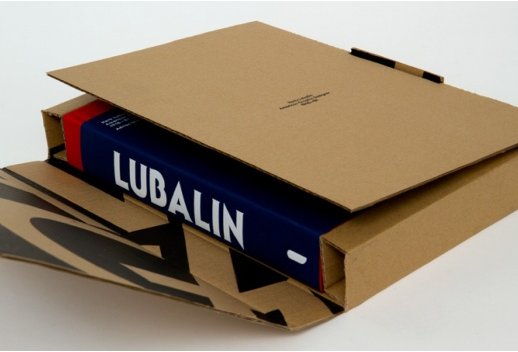
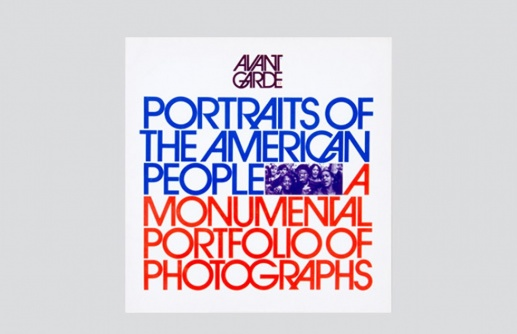
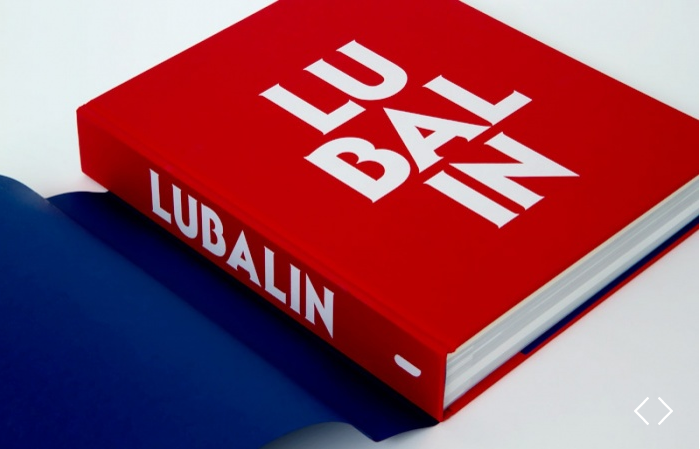
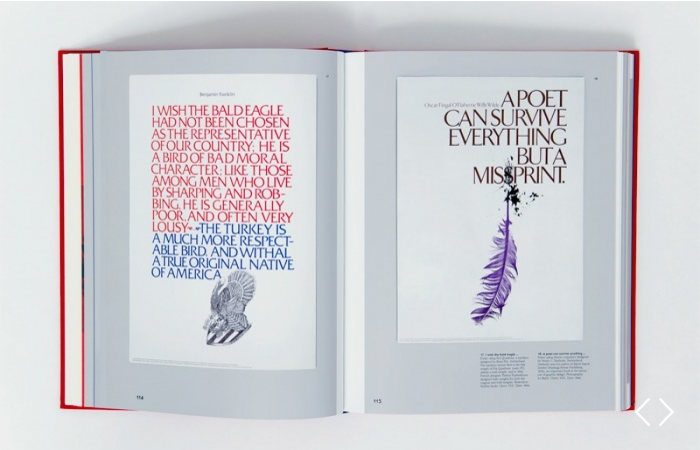
The numbered, limited edition, deluxe monograph of the legendary Herb Lubalin.
1. Which work are you particularly proud of? Which work best represents your style or approach?
I’m never proud of anything I do. Or if I am, the pride doesn’t last very long. I always look at my work – design, art direction, writing, editing – and think I could have done it better. But the closest I get to pride is the publishing company I run. Of course, it’s not a solo effort. I have two partners – Tony Brook and Trish Finegan – and we have a small team of designers and production people. I’m happy with the books that we’ve produced so far, but I’m most pleased about how we have managed to do it without relying in the publishing industry. We are self-funding and don’t have to depend on distributors or the buyers in bookshops who have no clue about the sort of books we publish. Thanks to the internet we are free to produce the books we want to publish, and sell them directly to the people who are interested in our subject matter.
People like us, in other words.
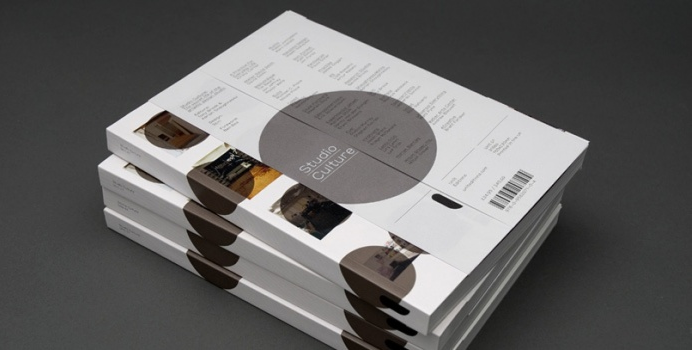
Studio Culture: The secret life of the graphic design studio provides a unique glimpse into the inner workings of 28 leading graphic design studios.
2. The theme of this year’s TYPO London is “Social”. Do you consider design to be a social discipline? Which design project do you consider to be particularly socially relevant?
Broadly speaking, there are two sorts of designers: the first is the designer who designs in the traditional client-focused manner. They do it for a living and believe in professional standards, and doing the client’s bidding. You might call them service-minded designers. The second type is the designer who is attracted to the idea of self-expression. They also want to be professional and give their clients what they want – but they want to do it in their own way. You might call them designers with an authorial instinct. This is a simplistic view of designers, but I find that most people fit into one or other category, and of course there is often an overlap between the two. But I notice a different sort of designer emerging: a designer whose motivation is social. They actually want to use design to make the world a better place to live in. Of course there have always been designers with a strong social agenda, but this way of thinking has been off the menu for a number of years, and is only now coming back. I see it most clearly in students. I meet so many students who are just not interested in design as a commercial tool, or design as a mode of self-expression. They genuinely wish to use their design skills to promote social good.

Adrian Shaughnessy
3. A conference like TYPO London is in itself an obvious example for a social event: what are you especially looking forward to?
What I like about the idea of having ‘social’ as our theme is that there are so many ways of being social – both as a designer and as a human being. It doesn’t just mean designing a water purifying system for the poorer parts of the world: it is going to play football in the park with friends after work. It is thinking about the social implications of our work as designers. It is sharing professional experiences at an event like Typo London. I also hope people will use the two days to look at what they are doing as practitioners or as students. It is no longer possible to be a designer without considering the social implications of what we do – environmentally, ethically and culturally. I hope the speakers and the audience explore these ideas and themes. But I also hope everyone has a chance to meet people they’ve never met before and forge lasting relationships.
4. Required reading/watching: What are currently your favorite interesting/beautiful publications, exhibitions, books, movies and/or websites?
Film: Once Upon a Time in Anatolia.
Books: ‘Graphic Design: A history in the writing 1983—2011’ by Sara De Bondt and Catherine De Smet; ‘Pulphead; by John Jeremiah Sullivan; ‘What Money Can’t Buy: The Moral Limits of Markets’ by Michael Sandel.
Exhibition: ‘Other London’ – a wonderful collection of photographs of my favourite city.
Music: ‘Quarantine’ the new album by Laurel Halo. And the new album by the Beach Boys is pretty good. Elegiac, you might say.





















